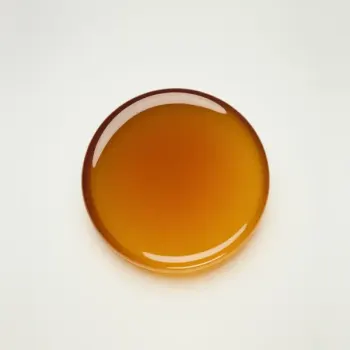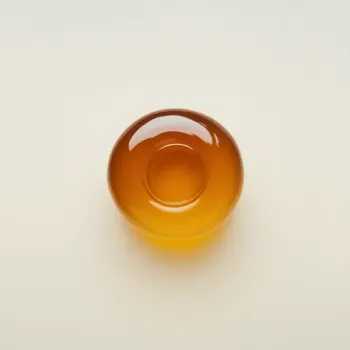Molasses and honey are both sweeteners used in cooking and baking. Molasses, a byproduct of sugar production, offers a robust, bittersweet flavor, while honey, made by bees, provides a sweet, floral taste. They differ in texture, color, and how they influence the flavor of dishes.

Molasses is a thick, dark syrup produced during the sugar-making process. It’s the byproduct of boiling down sugar cane or sugar beet juice, capturing a robust, bittersweet flavor.

Honey is a natural sweetener produced by bees from the nectar of flowers. It has a smooth, liquid texture and a sweet, floral taste that varies depending on the blossoms visited by the bees.
Molasses has a rich, spicy flavor and a dense, sticky texture, while honey is lighter with a sweet, floral taste. Molasses is a byproduct of sugar refining, whereas honey is a natural product made by bees. The two also differ in color, with molasses being much darker.

Your ultimate Recipe Box, Meal Planner, and Cooking Class all in one
Molasses is often used in gingerbread, spice cookies, and rich fruitcakes. It adds moisture, a deep caramelized color, and a complexity of flavor. When using molasses in baking, expect a darker, denser result with a pronounced taste. Honey is perfect for lighter baked goods like honey cakes, baklava, and muffins. It imparts a delicate sweetness and can contribute to a tender crumb. Honey in baking yields a golden hue and a moist texture, with a subtle floral note.
In barbeque sauces and marinades, molasses offers a thick consistency and a sweet yet slightly bitter flavor that caramelizes well on grilled meats. It's also a key component in creating rich, savory-sweet profiles. Honey adds a touch of sweetness to sauces and marinades without overpowering other flavors. Its natural sugars caramelize at high temperatures, making it excellent for glazing. Honey blends seamlessly into dressings and dips as well.
Molasses can be used to sweeten robust beverages like dark coffees, teas, and holiday drinks. It adds depth and a rich sweetness that complements stronger flavors. Honey is a popular choice for sweetening a variety of beverages, from teas and lemonades to cocktails and smoothies. It offers a light, easily dissolvable sweetness that enhances without overpowering the drink’s primary flavors.
Substituting molasses for honey or vice versa can significantly alter the flavor and color of a recipe. Molasses can overpower delicate flavors, while honey might not provide the desired richness in some recipes. When substituting, use a 1:1 ratio but be mindful of the impact on the overall taste and texture.
While both molasses and honey are sweeteners, their nutritional profiles differ. Molasses contains some vitamins and minerals, such as iron and calcium, while honey offers small amounts of vitamins, minerals, and antioxidants.
| Nutrient | Honey ( per Tablespoon ) | Molasses ( per Tablespoon ) |
|---|---|---|
| Fat | 0g | 0g |
| Iron | 0.1mg | 1.2mg |
| Calcium | 1mg | 41mg |
| Protein | 0.1g | 0g |
| Calories | 64 | 58 |
| Carbohydrates | 17g | 15g |
Molasses can be used as a substitute for honey in a 1:1 ratio, but it will affect the flavor, color, and texture of the recipe due to its stronger taste and darker color.
Both have different nutritional benefits. Honey contains antioxidants and a wider range of vitamins, while molasses offers more minerals like iron and calcium.
You can use honey instead of molasses in gingerbread; however, expect a lighter, sweeter bread without the traditional deep, rich flavor that molasses provides.
The choice depends on the flavor profile you're aiming for. Molasses works well for a deeper, slightly bitter sweetness, while honey provides a milder, floral sweetness.
Yes, in the right conditions, molasses can ferment as it contains sugars; however, it is less common than honey for fermentation purposes.